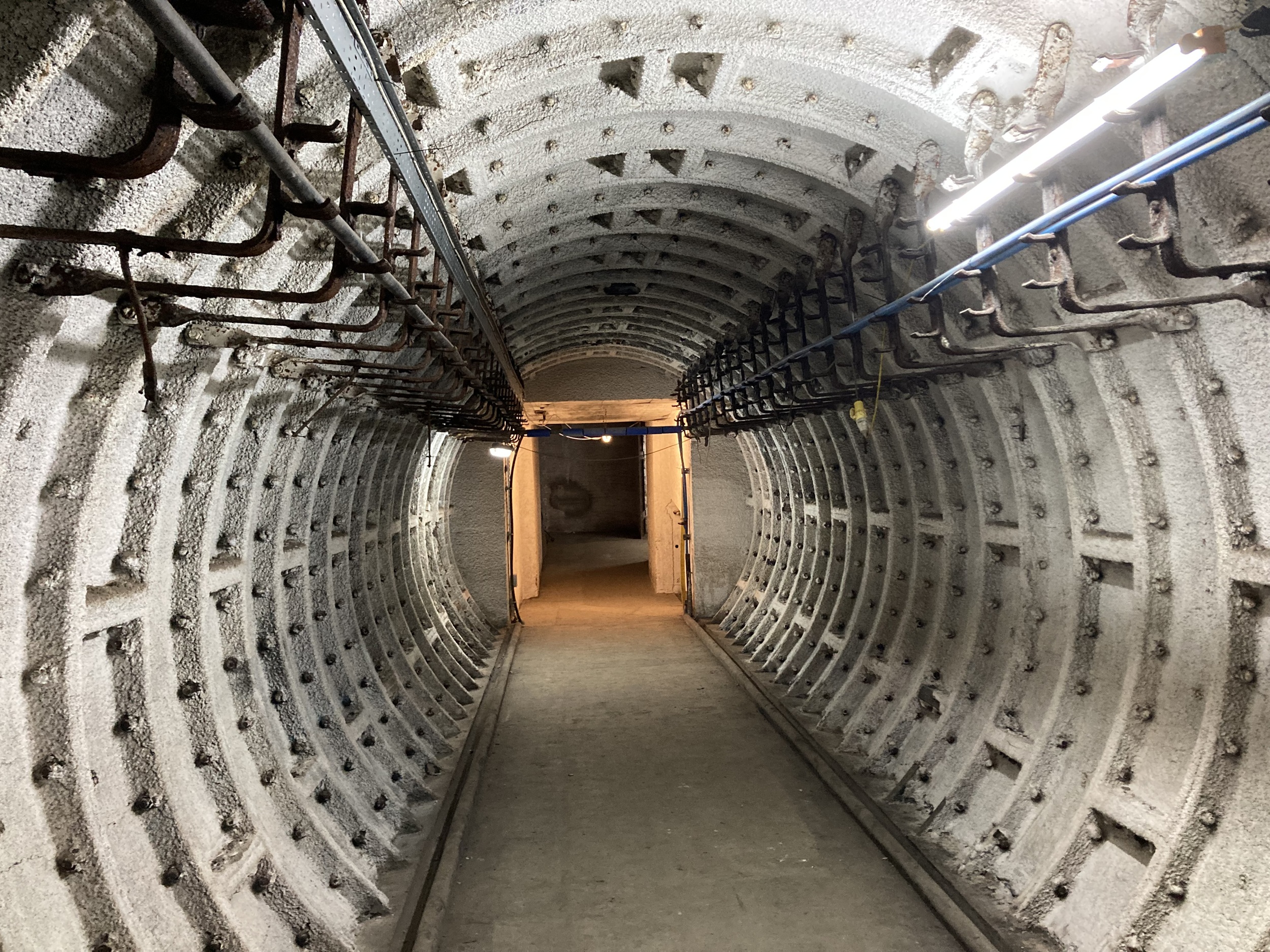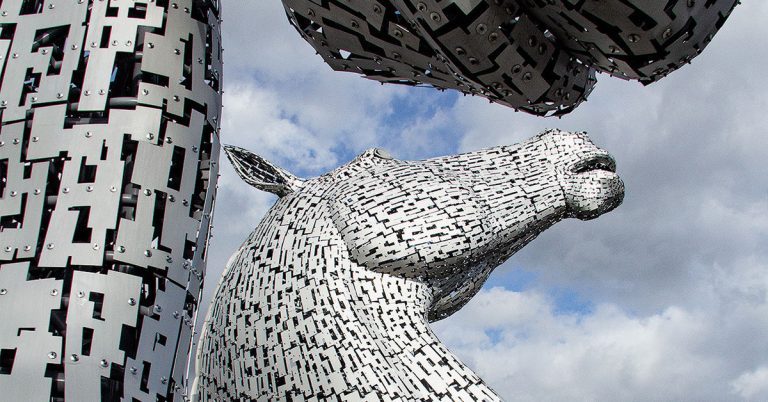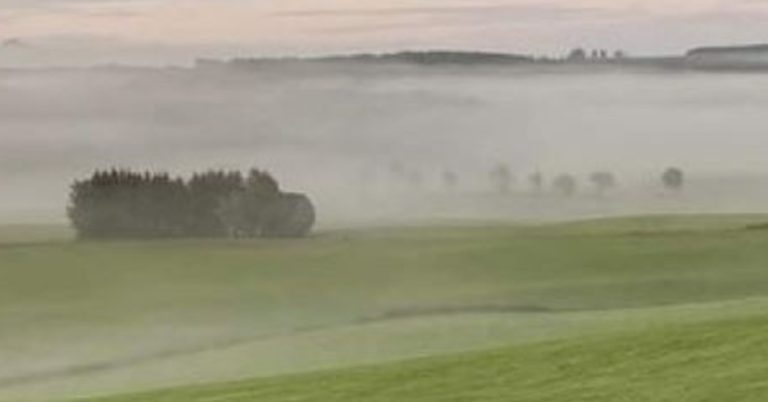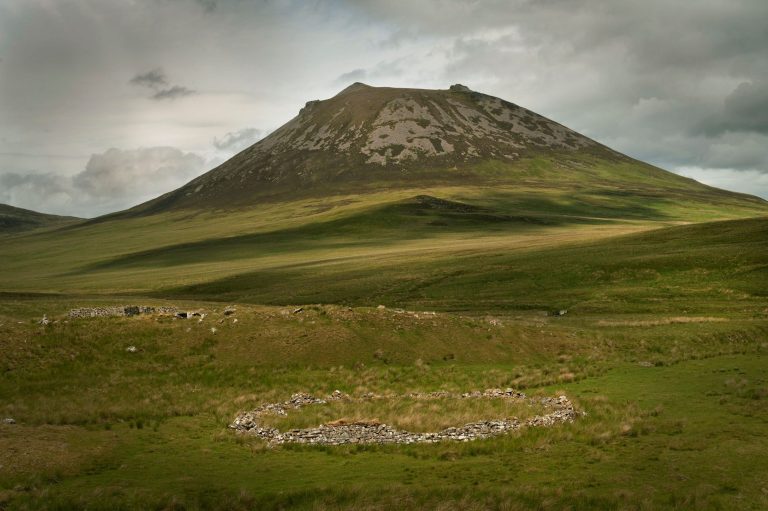
By Jim Gledhill
As the United States and the Soviet Union stood on the brink of nuclear conflict in 1983, the British government introduced new civil defence planning regulations for local authorities in England, Wales and Scotland. Since 1948, local councils had borne the grave responsibility for planning and organising civil defence in the event of another war. With the advent of thermonuclear weapons in the 1950s, Britain’s civil defence ethos shifted to ensuring the continuity of government at regional level. The civil service and local authorities made plans to transfer their core functions and necessary personnel to protected self-contained buildings. Under the 1983 regulations in Scotland, it was the duty of every regional and island council ‘to establish, equip and maintain, in premises at each of two places […] an emergency centre in which to control and co-ordinate action to be taken by them in the event of hostile attack or a threat of hostile attack.’ For those politically opposed to the regulations, these centres symbolised what they perceived as the futility of planning for nuclear war.
With only limited funding available from the Scottish Office and resistance to the Thatcher government’s civil defence policy on many Scottish councils, regional emergency planners focused their efforts on adapting existing buildings. They identified reinforced concrete structures purpose-built for earlier military use and, following the Second World War precedent, country houses distant from probable targets. In the Lothians, where Labour Party opposition on the Regional Council was pronounced, planners eyed the former Royal Air Force Caledonian Sector Operations Centre at Barnton Quarry in Edinburgh. The Council’s Senior Scientific Adviser optimistically predicted that the ten-foot-thick walls of the bunker’s lower sanctum would withstand a five-megaton nuclear strike on RAF Turnhouse (now Edinburgh Airport) at a distance of 2.8 miles. Although a ground burst at the airfield would leave a crater half a mile in diameter and Edinburgh’s western suburbs would be engulfed in the ensuing fire storm, a functioning underground ‘command post’ would survive the apocalyptic devastation above, he thought.
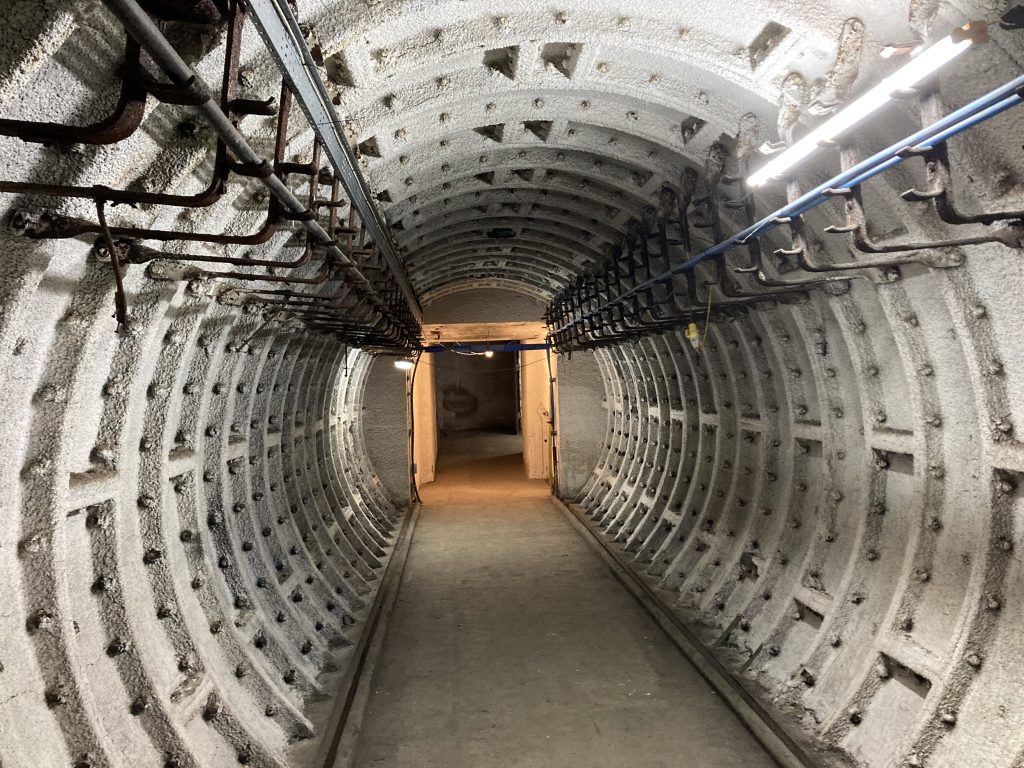
As a contingency, Vogrie House in Midlothian and Alderston House in East Lothian were considered for Lothian Regional Council’s standby emergency centre. The latter building’s sturdy basement was estimated to meet the government’s specifications, offering the minimum protective factor of 100 (some private dwellings had a factor of only 6) provided the house’s windows were sandbagged to a depth of 20 inches. Both buildings were ruled out by regional councillors in October 1985, ostensibly on financial grounds. Planners proceeded to explore the option of reinforcing the underground levels of 1/1A Parliament Square in Edinburgh, then occupied by the Edinburgh District Court and Lothian and Borders Police. Eventually, in the dying days of the Cold War a conventional overground emergency centre was established at Baden-Powell House, adjoining the Regional Council’s headquarters on George IV Bridge. Costly schemes for subterranean nuclear bunkers were no longer deemed acceptable to a sceptical public.
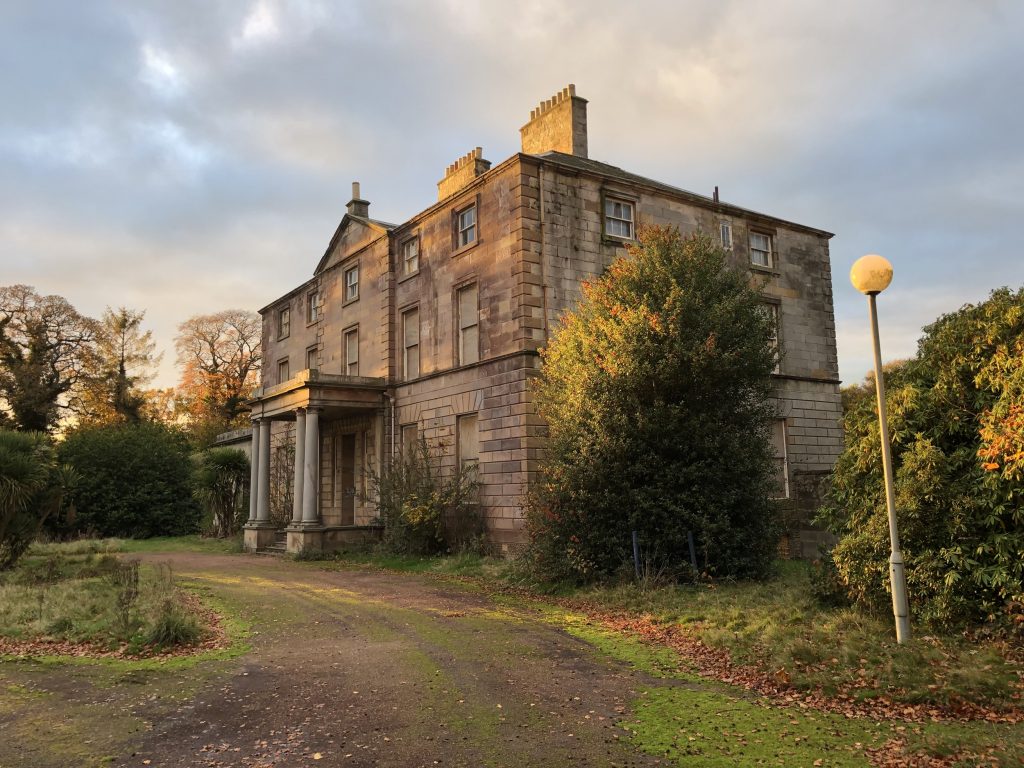
In the Highlands, civil defence regulations were dutifully adhered to by a regional council politically dominated by Independents. For the Highland Regional Council’s main emergency centre, planners chose another former Royal Air Force bunker at Raigmore in Inverness. An overground ex-Army Anti-Aircraft Operations Room at Gairloch in Wester Ross was earmarked for the standby emergency centre. Each bunker was refitted with heavy concrete-lined steel blast doors and internal pressure doors to protect council staff within from the overpressure and radioactive fallout after a thermonuclear detonation. Decontamination facilities were installed for those venturing out into the irradiated landscape. An air filtration system would theoretically allow the occupants to breath clean air. The buildings’ structural engineers confidently concluded that with their modifications the lower storey of the Raigmore complex would give a protective factor of 210 and the Gairloch bunker’s ground floor 180.
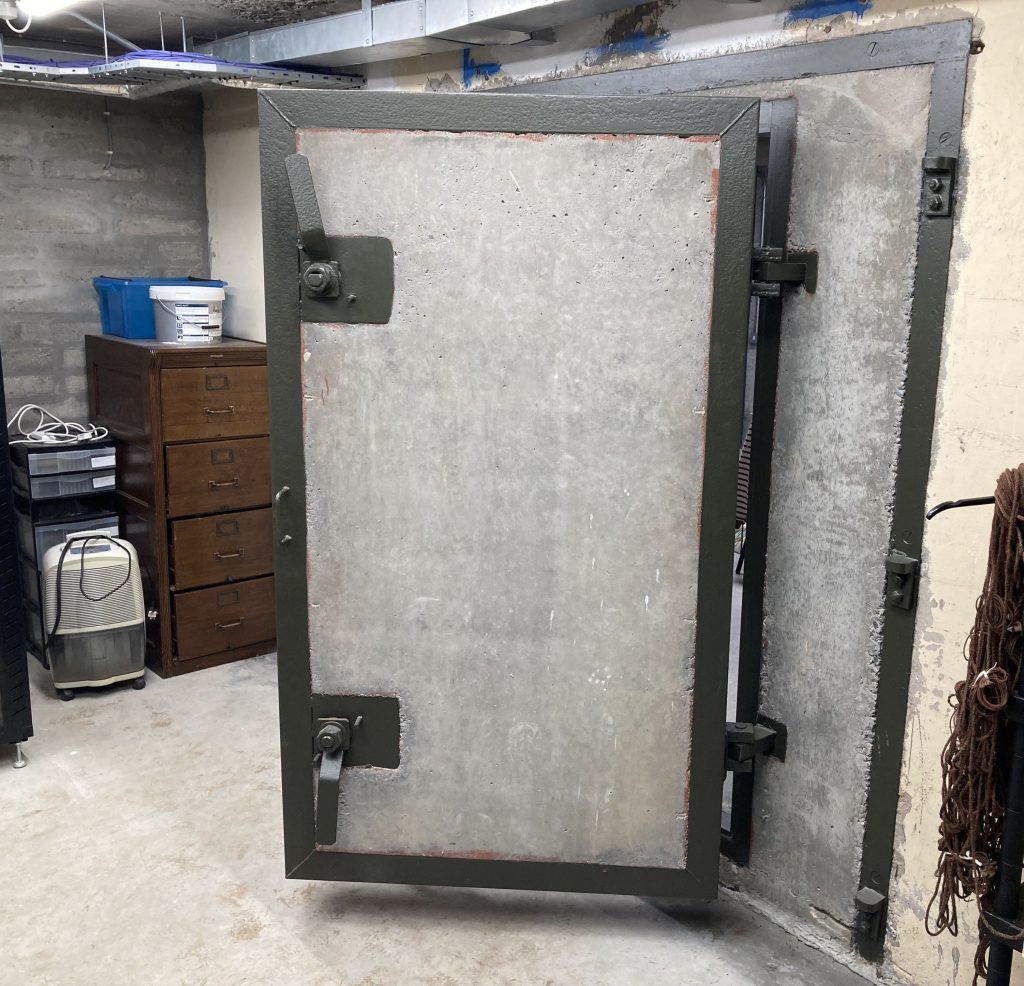
By the time the buildings at Raigmore and Gairloch were finished the Cold War was over but unlike other nuclear bunkers, they did not become obsolete. The Lockerbie terrorist bombing and the ‘Piper Alpha’ North Sea oil platform explosion in 1988 underlined the need for civil emergency planning. Growing awareness of climate change and the increasing threat of storms and flooding in the Highlands and Islands gave the emergency centres a fresh impetus. Among other environmental disasters, the Raigmore centre was mobilised when a fire aboard the Multitank Ascania, a chemical tanker passing through the Pentland Firth, prompted the evacuation of around 600 residents on the Caithness coast in 1999. Before their disposal in the second decade of the twenty-first century, the Highland Regional Council’s nuclear bunkers had been reinvented within a new legislative framework of ‘civil contingencies’ – command posts for a new age of emergency.
Image credits: Jim Gledhill
Read the full article, ‘Cold Leviathan: Civil Defence and Technocracy in Scottish Local Government, 1980–1991’ in the Journal of Scottish Historical Studies
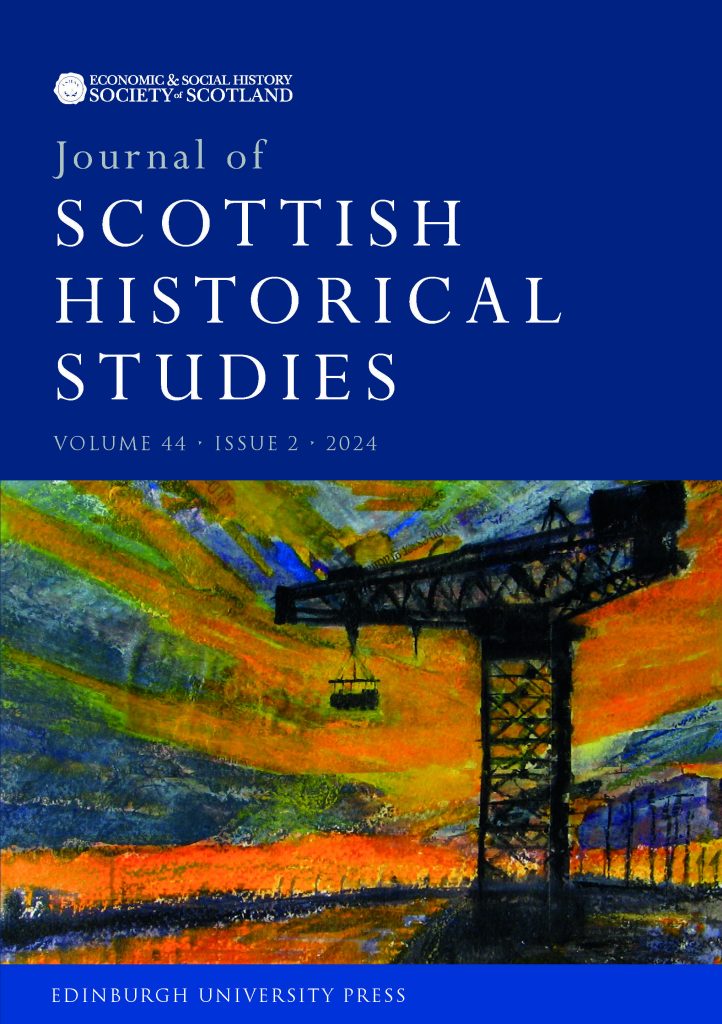
About the Journal
The Journal of Scottish Historical Studies is the journal of the Economic & Social History Society of Scotland, publishing the very best research in the rich social, economic and cultural history of Scotland and Scottishness, as well as historical geography, anthropology and historical theory. It is primarily engaged with the ways in which Scottish people of the past lived, worked and played.
Sign up for TOC alerts, subscribe to the Journal of Scottish Historical Studies, recommend to your library, and learn how to submit an article.
About the Author
Jim Gledhill PhD FSAScot is an independent historian based in Fife. He was previously curator of social history at the Museum of London and York Castle Museum, curator of the Royal Scots Dragoon Guards Museum at Edinburgh Castle and a research fellow at National Museums Scotland. He is currently working on a research project entitled ‘Scotland in the Nuclear Age’ with funding from the Society of Antiquaries of Scotland.
Explore related articles on the EUP Blog
The role of heritage in community development of the Highlands and Islands
Fr John Morrison: defender of an island’s cultural heritage and faith
Juteopolis?: Dundee’s history as a leading textile town
From the Appalachian to the Highlands and the Pyrenees, energy futures are all about permitting


